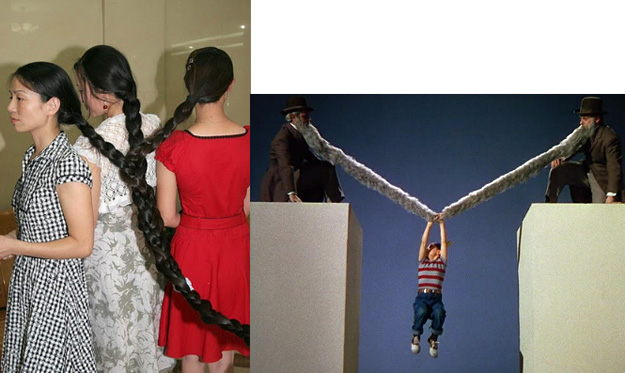"Accidental Scales" [mp3 removed]
The beats are all from Reaktor's GoBox sampler/sequencer (which I've used a few times lately) and those chromatic (?) scale blorts that come in at :45 are made with the modular synth -- FM patches that I'll probably never duplicate once I unplug the cables.

